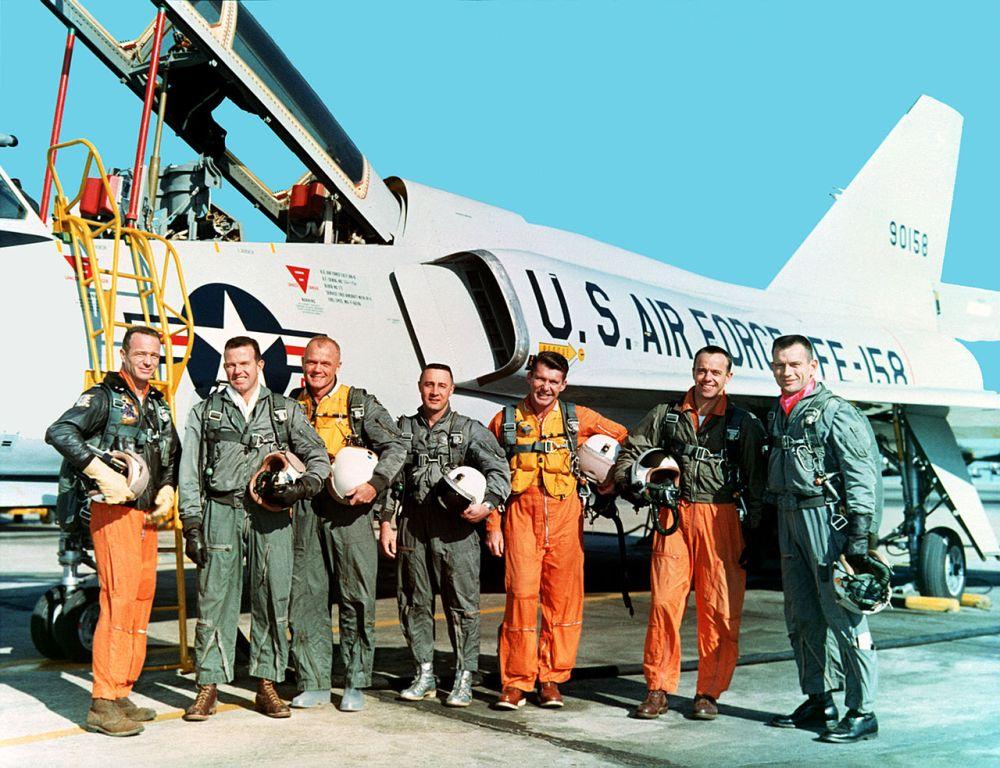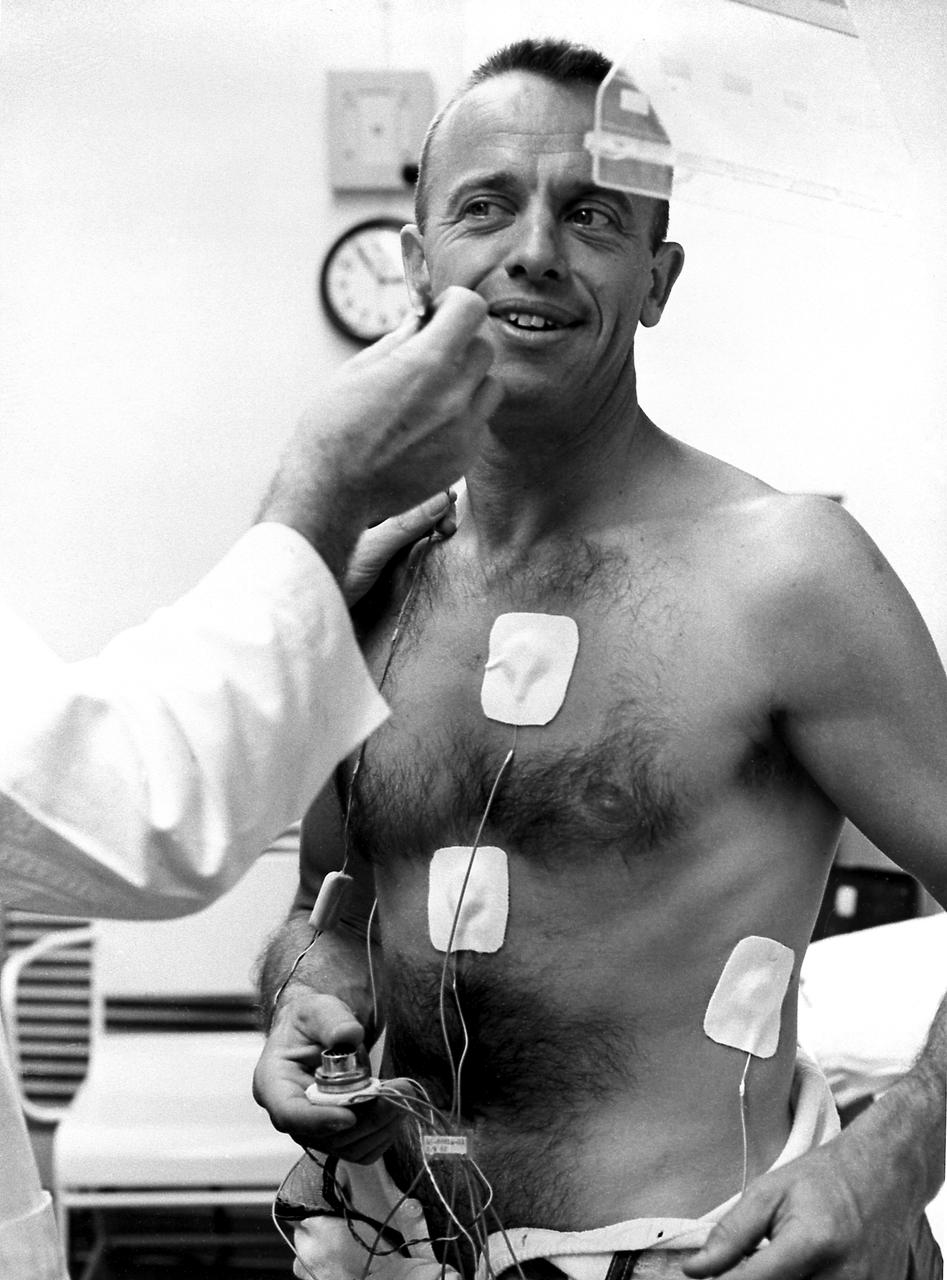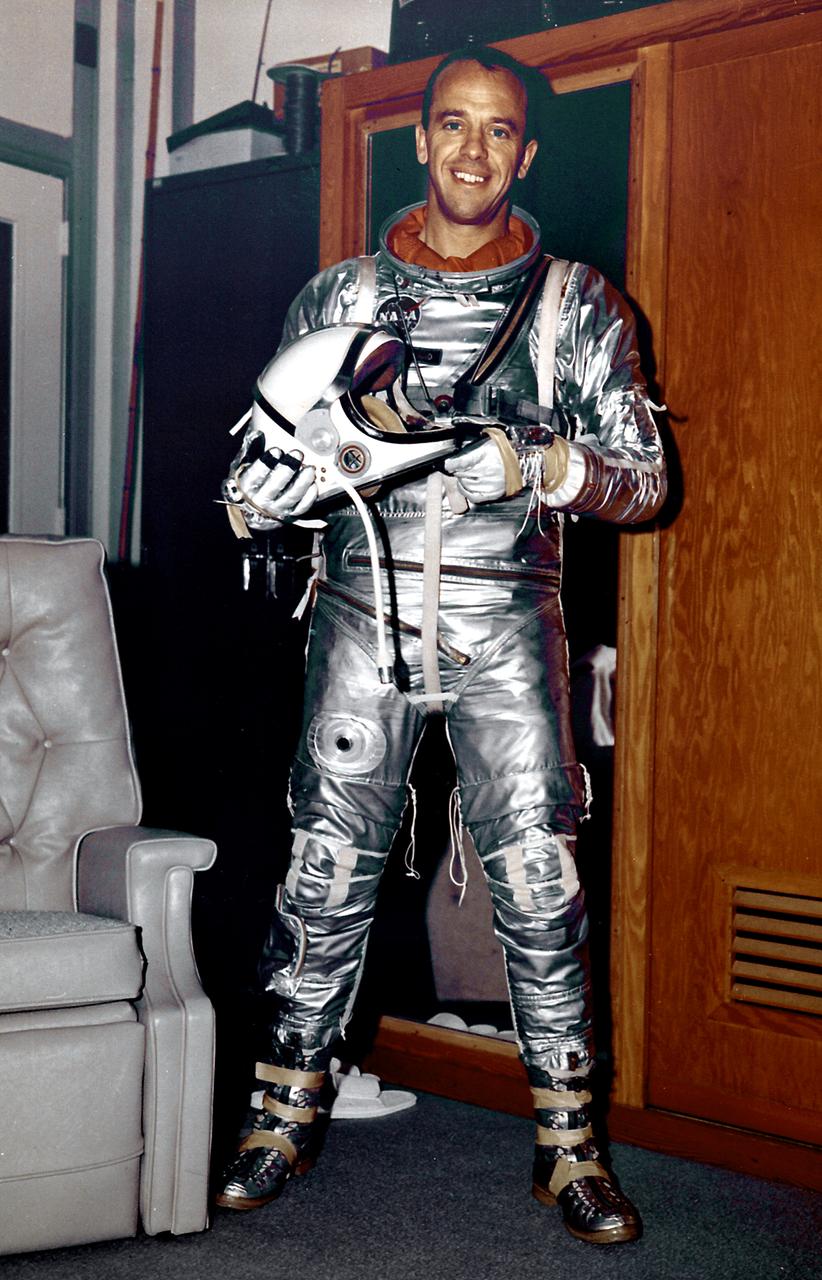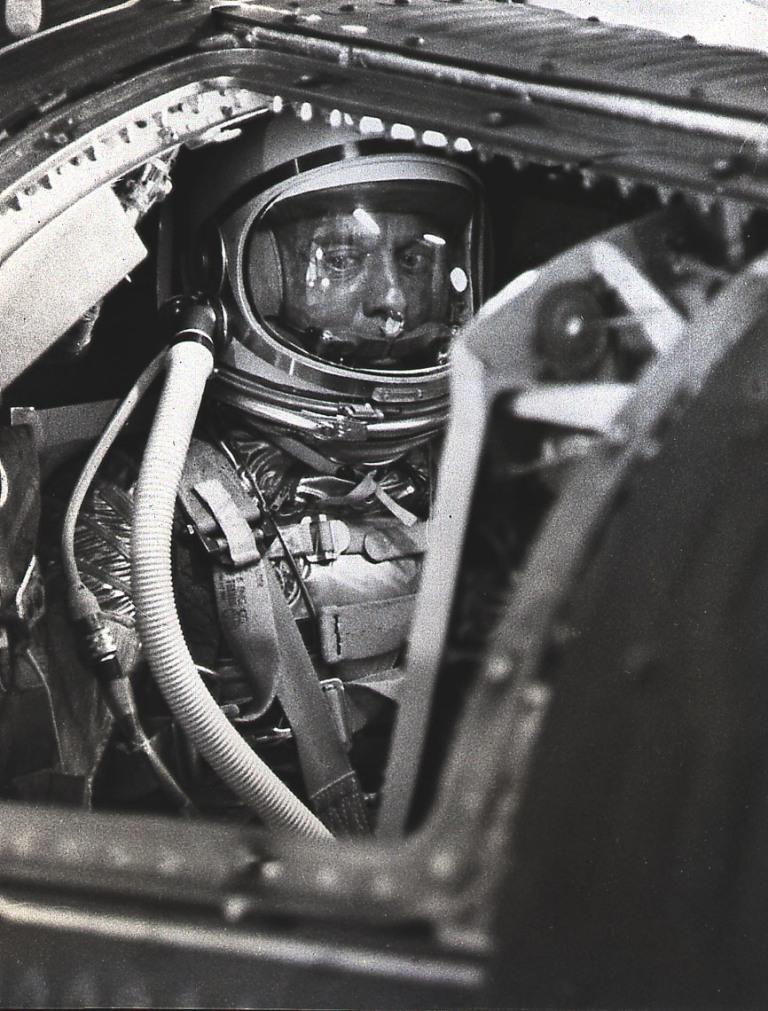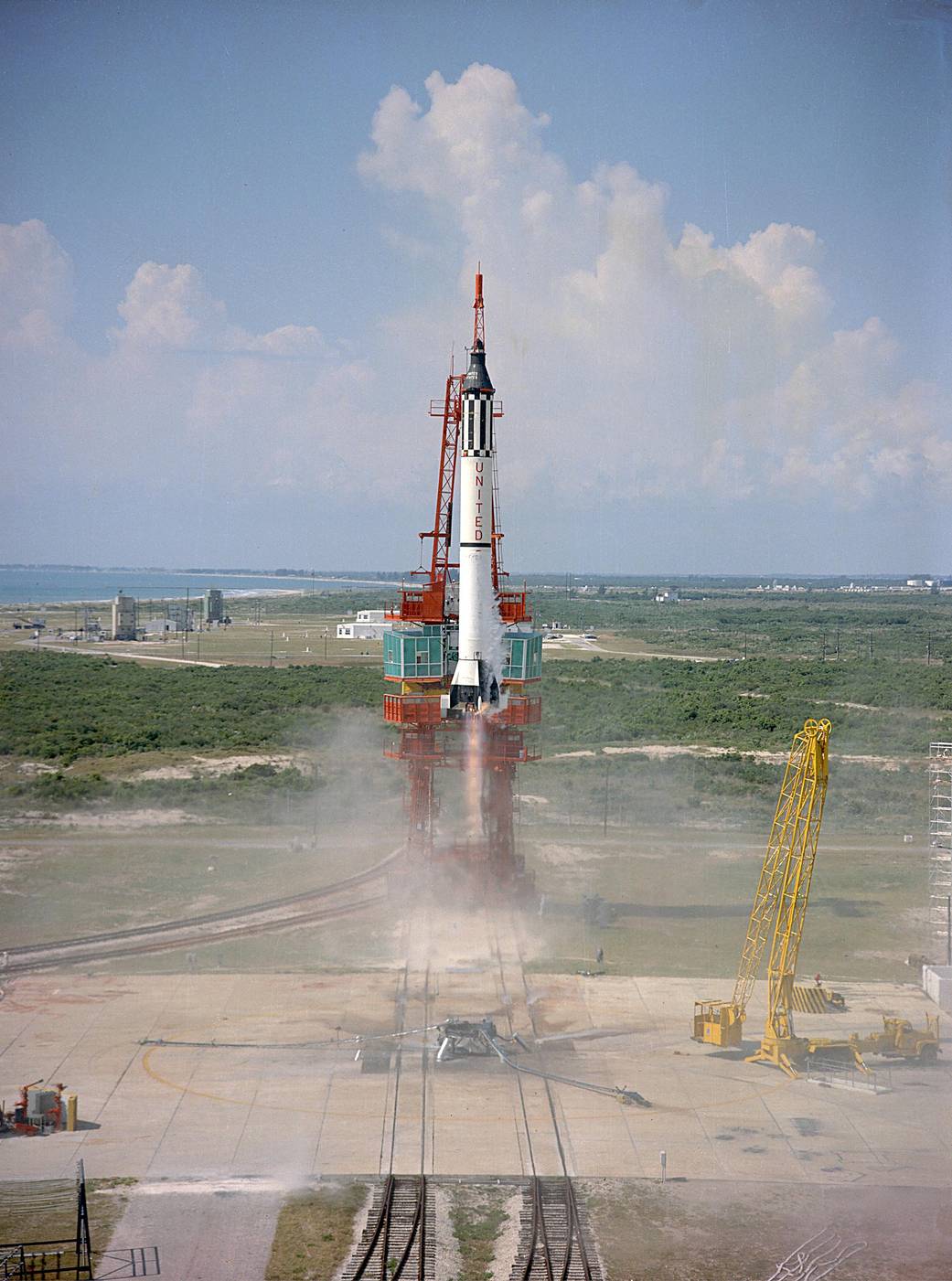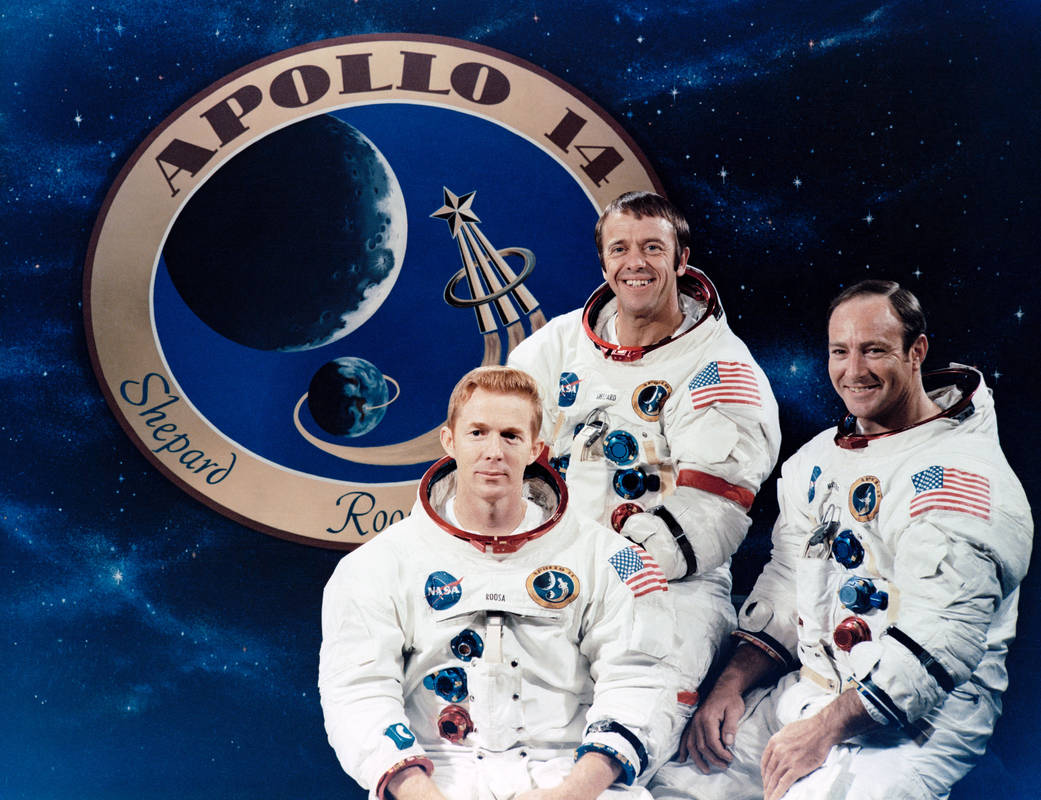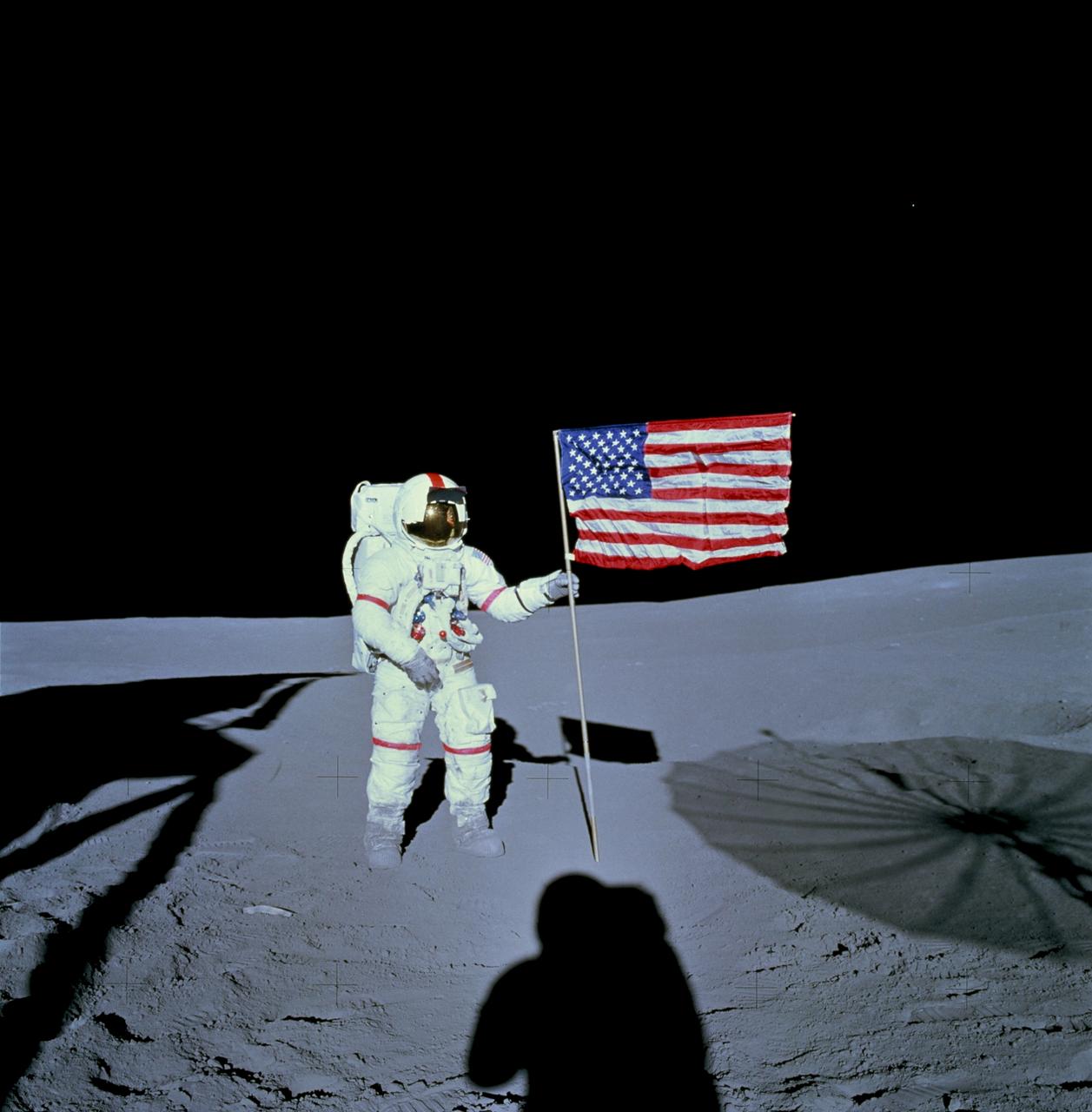Learn About Alan Shepard – America’s First Man In Space!
One Of The Mercury Seven
Alan Shepard was one of the original group of NASA astronauts known as the ‘Mercury Seven’. In May 1961, Alan would pilot the American Mercury-Redstone 3 missile and became the first American to travel into space! He would also later command the Apollo 14 mission and become the 5th man to walk on the Moon!
Alan Shepard’s Early Life Before NASA
Alan Shepard was born on Nov. 18, 1923, in New Hampshire where he was raised. Alan was interested in flying from an early age and would do odd jobs at the local airport in return for the occasional flight or flying lesson. Despite his father wishing him to join the Army he opted of the Navy and graduated from the United States Naval Academy in 1944 with a Bachelor of Science degree. He served on the USS Cogswell in the Pacific Ocean during World War II. After the war, Shepard entered flight training school in Maryland and earned his pilot's wings. While at sea on the aircraft carrier USS Oriskany Shepard would almost see combat in the Korean war, but the 1953 armistice put an end to the fighting. Alan would return to be a test pilot for the Navy including a stint as an instructor logging more than 3,600 flying hours. In April 1959, NASA selected Shepard as a member of its first group of astronauts – the Mercury Seven!
Alan Shepard’s First Spaceflight – America’s First Manned Flight!
After years of training and jostling with the other astronauts Alan Shepard was selected to hopefully become the first person into space! However, in April 1961, the Soviet cosmonaut Yuri Gagarin became the first person in space, so on May 5th when Alan Shepard blasted off from Cape Canaveral in his Freedom 7 capsule he became the second person but the first American in space. The Mercury spacecraft launched on a Redstone rocket and followed a sub-orbital trajectory reaching a height of 116 miles before returning safely. The flight lasted about 15 ½ minutes after which Alan Shepard became a household name and national hero!
Alan Shepard Ground For Medical Reasons
Shepard was due to be the Commander of the first Gemini mission, but was diagnosed with Ménière's disease preventing him from flying. He was therefore named as the chief of the Astronaut Office in 1963 and would be in charge of astronaut training. In early 1969 Alan had surgery to fix the inner ear problem, and he was able to fly as an astronaut again. Nearly 10 years would pass before his second flight aboard Apollo 14.
The Second Spaceflight Bound For The Moon in Apollo 14
Alan Shepard made his second spaceflight as Commander of the Apollo 14 mission to the moon a crew that included Stuart Roosa and Edgar Mitchell. On Feb. 15, 1971, Shepard and Mitchell landed on the Moon and conducted two moonwalks, collecting samples and conduct scientific experiments on the lunar surface. Alan was the oldest man to walk on the Moon and the only astronaut from the original Mercury Seven to do so, he was also the first person to hit a golf ball on the moon - showing how far it would go in the moon's lower gravity! Far Out!
Life After Being An Astronaut
Alan Shepard returned to his day job at NASA's Astronaut Office before moving into the private sector in 1974 where he spent several decades. In various positions, he received many NASA medals and awards and would also be a founding member of a foundation to support students studying science and engineering. Unfortunately, Alan Shepard died of complications following a short battle with leukaemia in 1998 aged 74.
